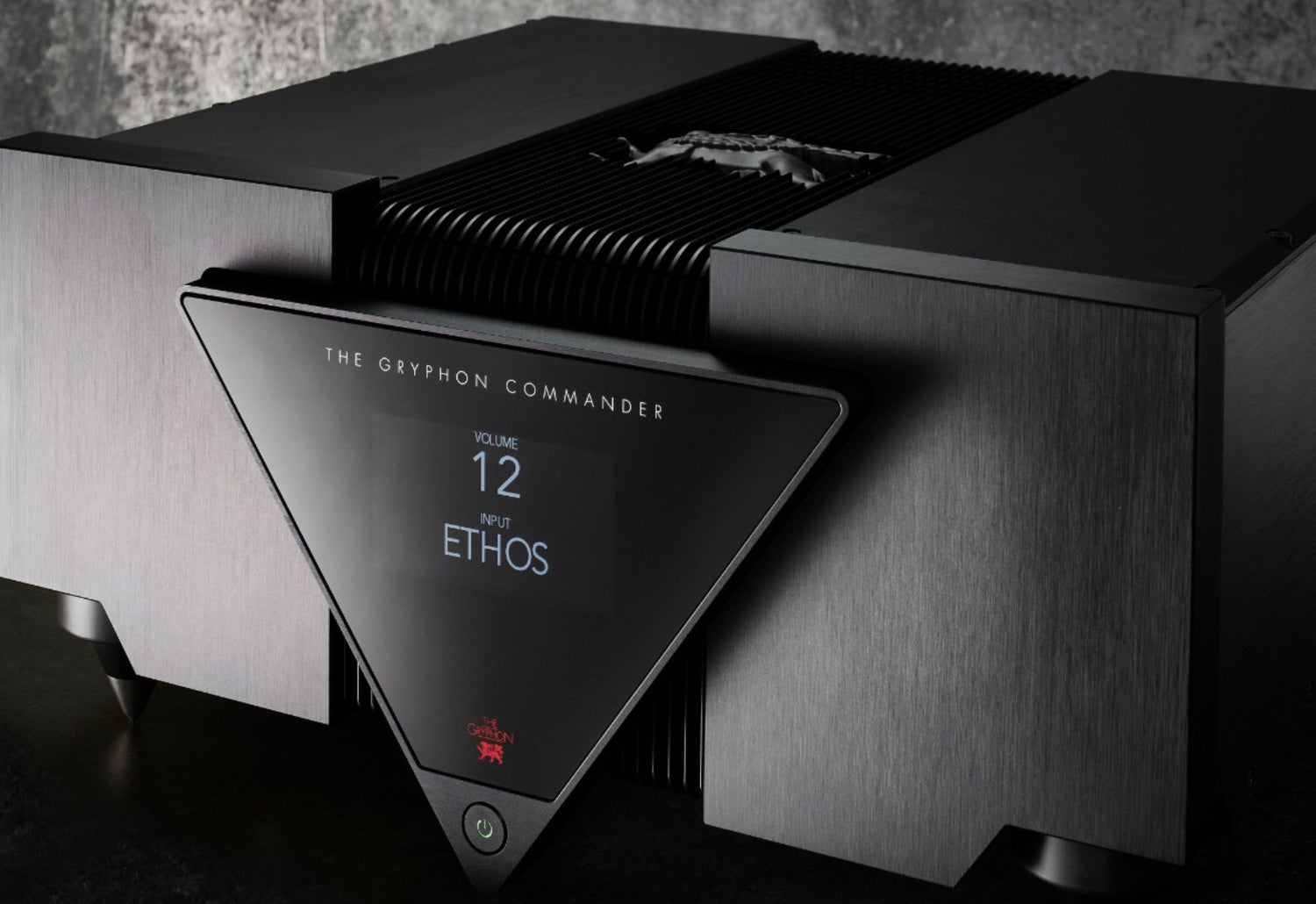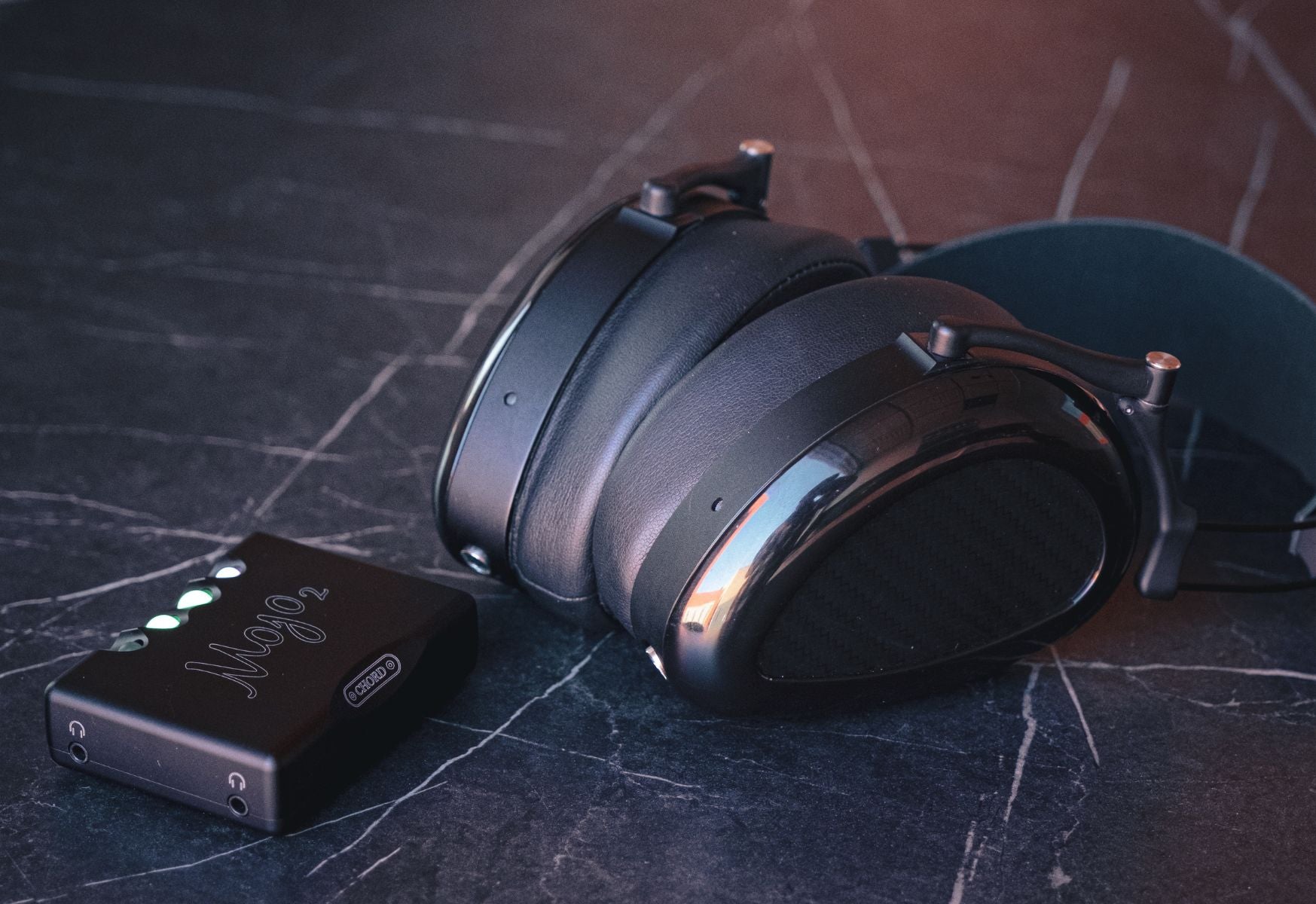Impedance, Preamplifiers and Amplifiers
You may have heard about impedance matching your speakers with your amplifier to ensure that they have enough juice to power them across the frequency range. But did you know about the importance of output and input impedance between your preamplifier and amplifier?
Why is input matching important?
The input impedance of amplifiers is usually much higher than the output impedance of your preamplifier. Most solid state preamps have an output impedance of a few hundred ohms, while solid state amps usually have an input impedance of more than 10,000 ohms, with only a few being around that 10,000 ohm mark. Generally, you want the output impedance of your preamp to be 10 or more times lower than the input impedance of your amplifier to ensure that your line level signal is distortion and corruption free to maximise the voltage transfer.
In most cases, 10 times or more is easily achievable, but what if you use a tube preamp instead? Most tube preamps have a much higher output impedance - several thousand ohms or more, and what’s worse is that the output impedance changes depending on audio frequency. It is common for tube preamps to have an increase in output impedance at sub bass frequencies, which can cause a sub-bass rolloff when paired with a solid state amp. This means that you may lose the low rumble of deep bass sounds.
Luckily, matching a tube preamplifier with a tube amplifier solves this, as most tube amplifiers have a much higher input impedance compared to solid state amps to solve this issue, so you can enjoy your tubes without worrying about any added distortion or a reduction in bass created by your preamp and amp’s impedance.
Is this the only aspect that matters?
Absolutely not. Like most things in life, its a guide, not an absolute. Input/output impedance matching is only one element of being able to mix and match makes and models of pre-amps and amps. We would never say to a customer that, "oh, the ratio isn't quite right, so you shouldn't even consider it". But what it does give you is a helpful indicator to consider if you are considering brand or model pairings.
The only real way of deciding if a combination is right for you is to listen to it. We do have a wide range of products available to demonstrate in the showroom, from a couple $100 to a couple $100,000, so if you're thinking about an upgrade, you should book a demo in our showroom.




